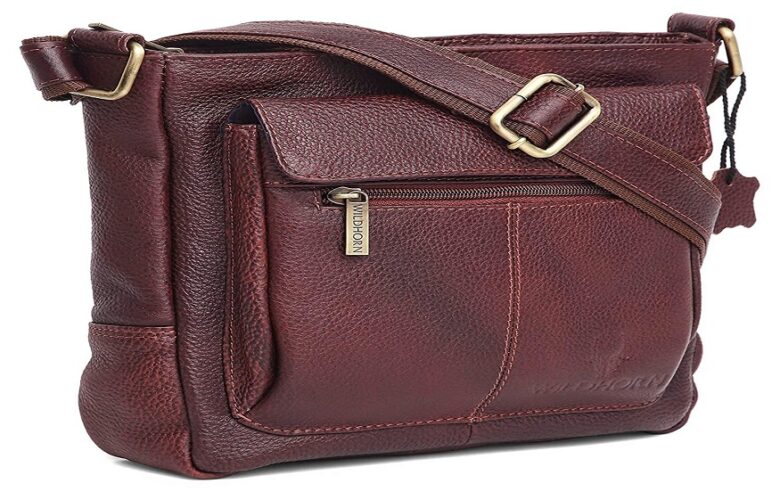Following the Christmas season, we are still thinking about the gifts we got from loved ones and organizations anxious to demonstrate their love, support, or thanks. We recall how we felt, both highs and lows. The reality is that gift-giving is an art, and there are correct and incorrect ways to accomplish it. But first, let’s go back to the beginning.
Gift-giving in the winter began long before presents were incorporated as a component of how we celebrate Christmas, Hanukkah, and other religious or non-religious festivals. Some think the ritual began in Ancient Rome as part of a festival for Saturn, the Roman god of agriculture. Gifts were thought to bring good fortune in the next year. People presented basic gifts such as candles, wine, fruits, almonds, etc. Others say that gift-giving originated in pagan rites practised throughout December in Northern Europe, where bands of destitute young men would go door to door requesting handouts from members of more privileged social strata.
Whatever its origins, the gift-giving ritual has become a part of our everyday lives. We’d be hard-pushed to commemorate weddings, birthdays, anniversaries, religious festivals, and other life milestones without expressing our thanks and appreciation with a present. The same is true in business, where we express gratitude to our workers, vendors, and consumers through physical gestures.
Five Steps to Implement Controversial Gift-Giving Practices
Corporate presents are a physical expression of your company’s values. As a result, I firmly believe that thoughtful, long-term presents communicate caring and values more than anything else. Here are a few pointers to help you get your corporate gifts perfect this holiday season:
- Make certain that the present you choose does not transmit the wrong message about your firm. It may seem apparent, but you’d be amazed at how many stress ball orders my firm rejects on a monthly basis. You’ve acknowledged your organization’s unhealthy, stressful culture with such “gifts.”
- When choosing gifts, look into their origins. Today, seven out of ten consumers (registration needed) agree that firms are responsible for addressing societal and environmental challenges. Therefore, if you provide items damaging to the environment or generated through other harmful activities to your employees, vendors, or consumers, these practices become linked with your brand.
- Put your intents of giving and satisfying first, rather than your need for self-promotion. Coolperx receives far too many orders for presents that are essentially glorified business cards with an enormous corporate logo. Remember, this is about expressing thanks and appreciation. A modest promotion of your brand is an added plus.
- Make assured that the presents you choose are well-made and long-lasting. My customer came to us after she had spent $350,000 on Bluetooth speakers for her staff. When her staff turned on the speakers, they overheated, sounded bad, and were difficult to use. In sum, these costly novelty products were rubbish that was eventually discarded. She learnt from that and just distributed a home kit of ethically, regionally, and responsibly created products. Each of these presents conveyed a distinct concern to the company’s employees.
- Instead of tangible objects, consider an experiential present that the receiver would love. For example, consider a virtual cooking class or something seasonal, such as a wreath-making workshop. Consider contributing in the recipient’s name to express your thanks.




